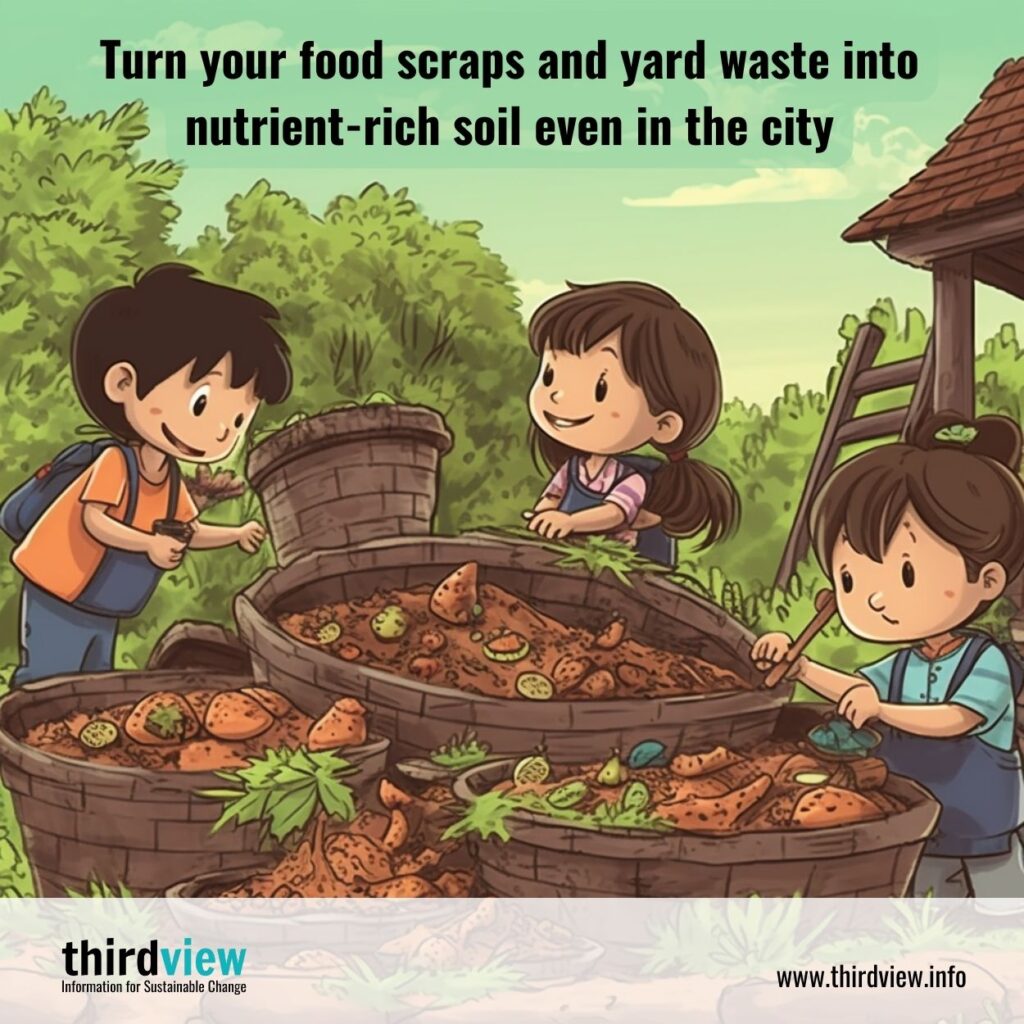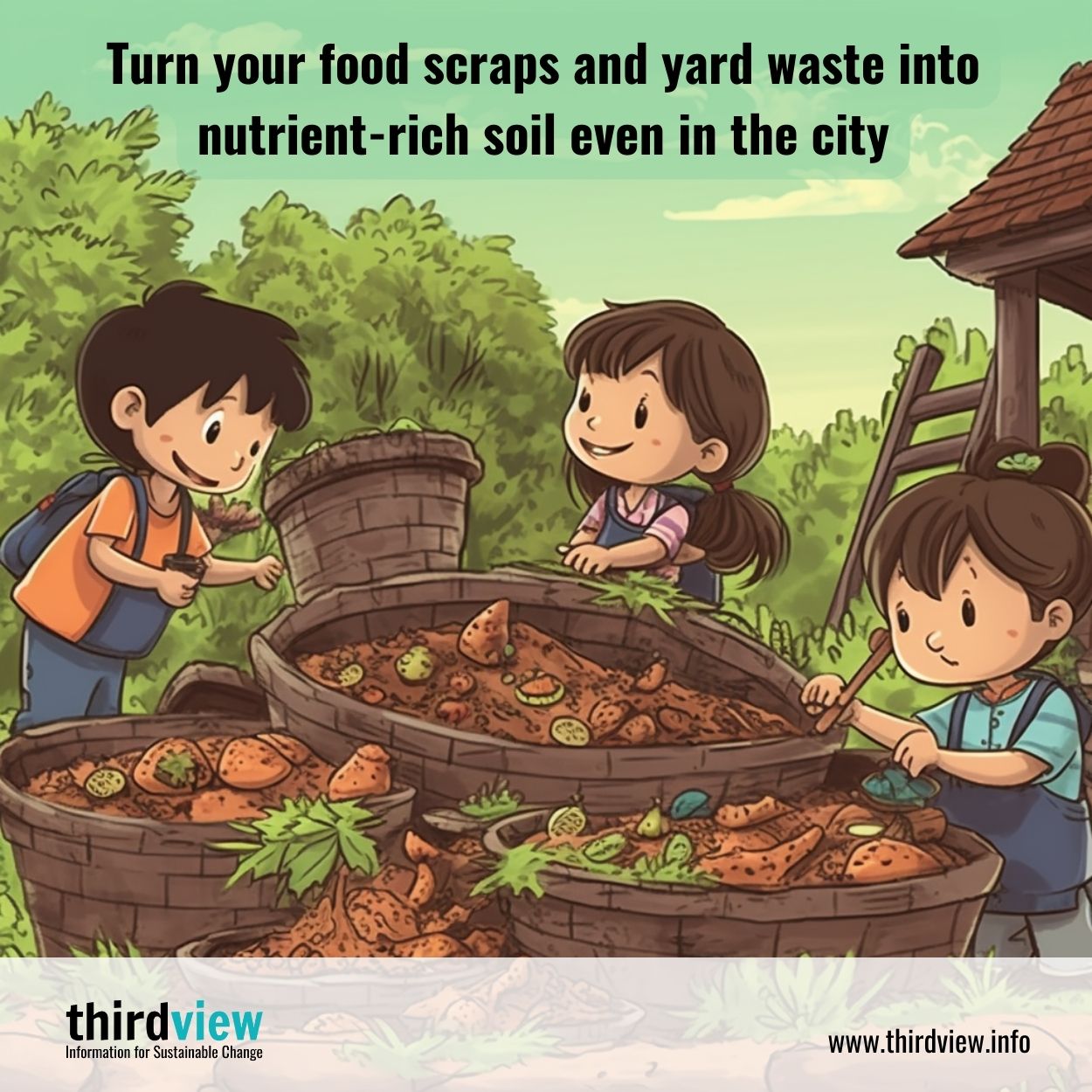Composting may seem like something only rural homeowners can do, but even city dwellers can get in on the action! By composting, you can reduce waste, save money, and even create nutrient-rich soil for your indoor plants or balcony garden. In this beginner’s guide, we’ll cover the basics of composting in the city and provide some tips on how to get started.
Choose Your Method
The first step in composting is deciding which method you want to use. For city dwellers without access to a backyard, vermicomposting (worm composting) is a great option. You just need a few weeks to get your worm bin set up, and then you can start feeding your worms with food scraps. The worms will break down the scraps and create compost that you can use for your plants or garden.
If you have access to a backyard or community garden, a traditional compost bin may be the best bet. You can either purchase a compost bin or build one yourself using materials like wood pallets or cinder blocks. Place your bin in a spot that’s easily accessible but not too close to your living space, as composting can produce a strong odour.
What to Compost
Once you’ve chosen your method, you’ll need to start collecting compostable materials. This includes things like fruit and vegetable scraps, yard waste, coffee grounds, and eggshells. Avoid adding meat, dairy, or oily foods to your compost, as these can attract pests and create a foul smell.
It’s also important to maintain a balance between “green” and “brown” materials in your compost. Green materials (like food scraps) provide nitrogen, while brown materials (like leaves or cardboard) provide carbon. Aim for a ratio of two parts brown materials to one part green.
Maintaining Your Compost
To keep your compost healthy, you’ll need to give it some TLC. Turn the compost every few weeks to ensure that it decomposes evenly. Keep it moist (but not too wet) by watering it occasionally and covering it with a tarp if it’s raining too much.
If you’re vermicomposting, make sure to monitor your worm bin and add fresh bedding as needed. You may also need to separate out any non-compostable materials or scraps that the worms can’t process.
Using Your Compost
After a few weeks or months, your compost will be ready to use! Traditional compost will look like dark, rich soil and will have a slightly earthy scent. Vermicompost may look more like a crumbly, brown material that’s mixed with worm castings. In both cases, you should be able to use the compost to fertilize your plants or garden.
Composting doesn’t have to be complicated, even if you’re a city dweller. By choosing the right method, collecting the right materials, and maintaining your compost properly, you can create a sustainable and beneficial system for reducing waste and improving your indoor or outdoor greenery!


